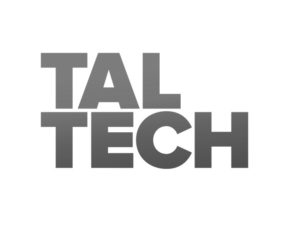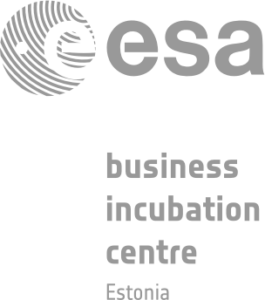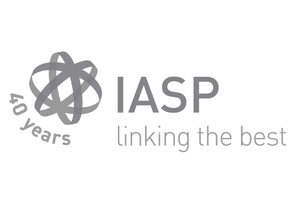22.11.2024
Navigating CVC and VC funding – the best approaches to boost innovation
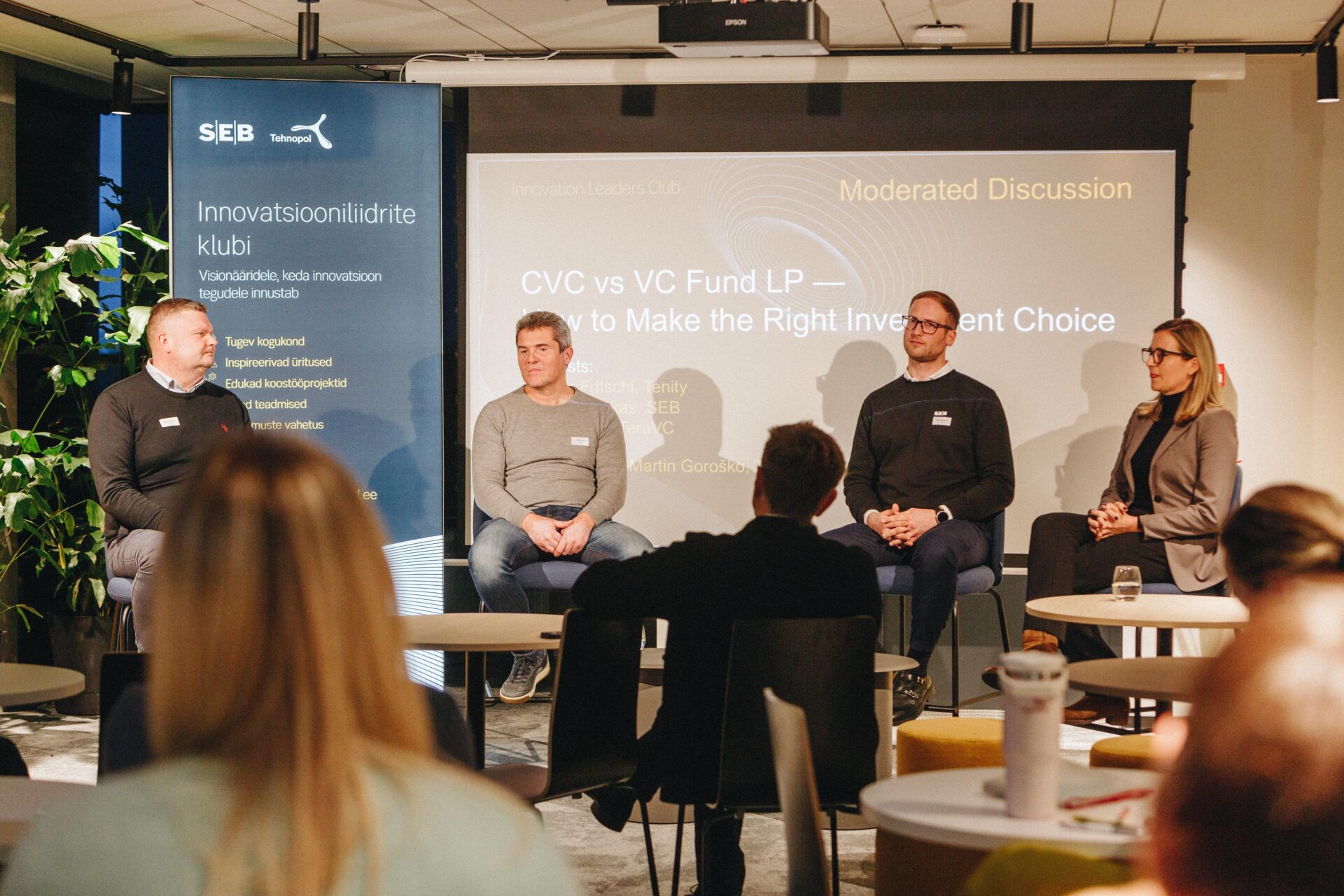
The Innovation Leaders club continued its fifth season with a lively discussion on funding – Corporate Venture Capital (CVC) or Venture Capital (VC)? Club members gathered on the 12th of November to explore this intriguing topic from presenters Andrea Fritschi (Managing Partner & CIO at Tenity), Rasmus Udde (Founding Partner of Sunly Future Ventures), with a panel discussion between Andrea Fritschi, Marius Ribokas (SEB) and Andrus Oks (TeraVC), moderated by Martin Goroško (Tehnopol). Participants were welcomed at Sunly’s premises and had the rare opportunity to enjoy a guided art exhibition tour of their offices.
The event was kicked off with an introduction of the club’s activities by Martin Goroško (Head of Business Development, Tehnopol), who shared that the topic of innovation funding had been “brewing” for a long time already. “We ask feedback from the Innovation Leaders Club members at the start of each season – the topics of investing and corporate VC have been indicated as one of the top themes, where our members seek for external advice and good practice, so we have planned this for quite a long time.”
The most important aspect is alignment
Andrea Fritschi (managing partner and CIO at Tenity) gave a thorough overview of corporate venture capital (CVC). CVC involves corporations making direct investments in startups, often with the dual goals of financial return and strategic benefit. CVC enables corporations to access external innovation, gain market insights, and expand into emerging industries. Different corporate venture capital models reflect unique strategies, objectives, and degrees of integration, incl CVC as a Service provided by service partners.
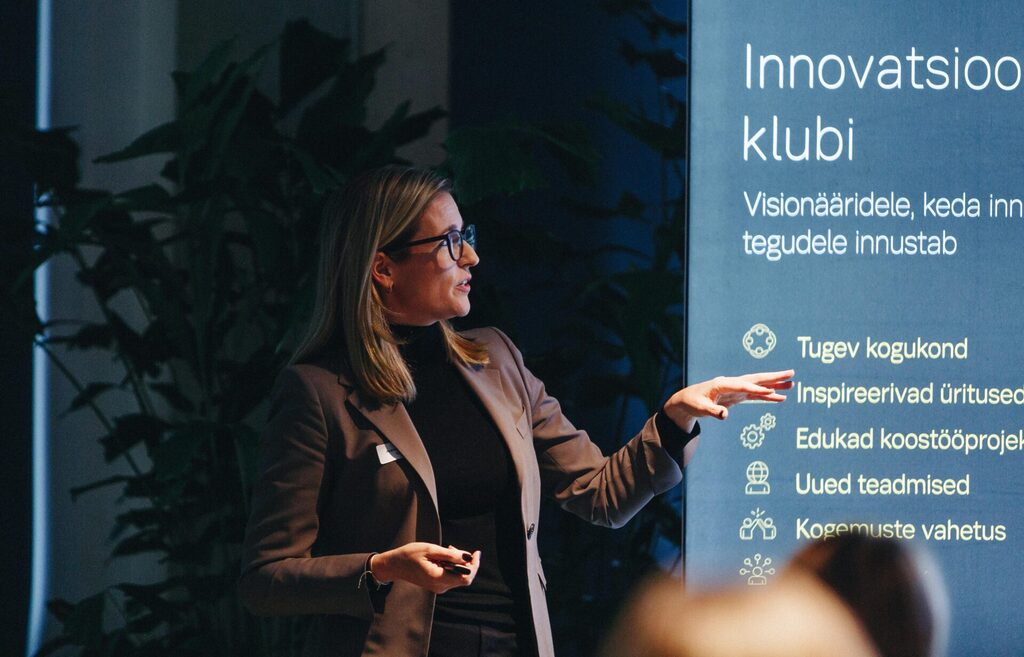
”There is a great synergy between the corporate world and the startup world, which we use on both sides of our main businesses”, Fritschi stated. Tenity is an international innovation and acceleration platform focused on the development of financial and insurance technologies, bringing together startups and corporations.
Tenity offers different innovation services to their corporate partners to help accelerate innovation. “We have facilitated more than 250 collaborations between startups and corporations”, Fritschi illustrated with an impressive statistic. The collaborations can have different focuses, whether the goals are investment- or innovation-specific. She emphasized that most innovation is undoubtedly created by startups, by the economical and societal value they create. As corporates are mostly ”set in place”, they are inevitably bounded by different restrictions in terms of innovation – and this is where different collaborations create the magic.
Elaborating on whether CVC owns a relevant role in financing innovation, Fritschi described the statistics: “Today, almost every third transaction involves CVC and that is a tremendous share in the market. Which means CVC is one of the major and dominant players when it comes to financing.” In terms of sector focus, it doesn’t come as a surprise that AI is the dominant topic and leading the space.
From a founder’s perspective, CVC funding is certainly enticing, as partnering with a corporation benefits the startups by having a longer partnership and having access to corporal resources. In return, it might shape the startup’s business model as well as help with exiting, by leveraging the existing network behind the partnership. As a balancing force, certain challenges also present founders, as with this type of funding many strategic and cultural compromises have to be made. Funding new ventures can have a disruptive effect within corporations as well, she emphasized, and advised to be cautious in that manner. “Internal stakeholder management is very important to be aligned”, Fritschi concluded.
Bold approaches provide quicker development
A practical point of view was offered by Rasmus Udde, who is a founding partner of Sunly Future Ventures. He set the tone by emphasizing that every corporate differs in terms of their goals, strategies and opportunities, with everyone having their own backstories.
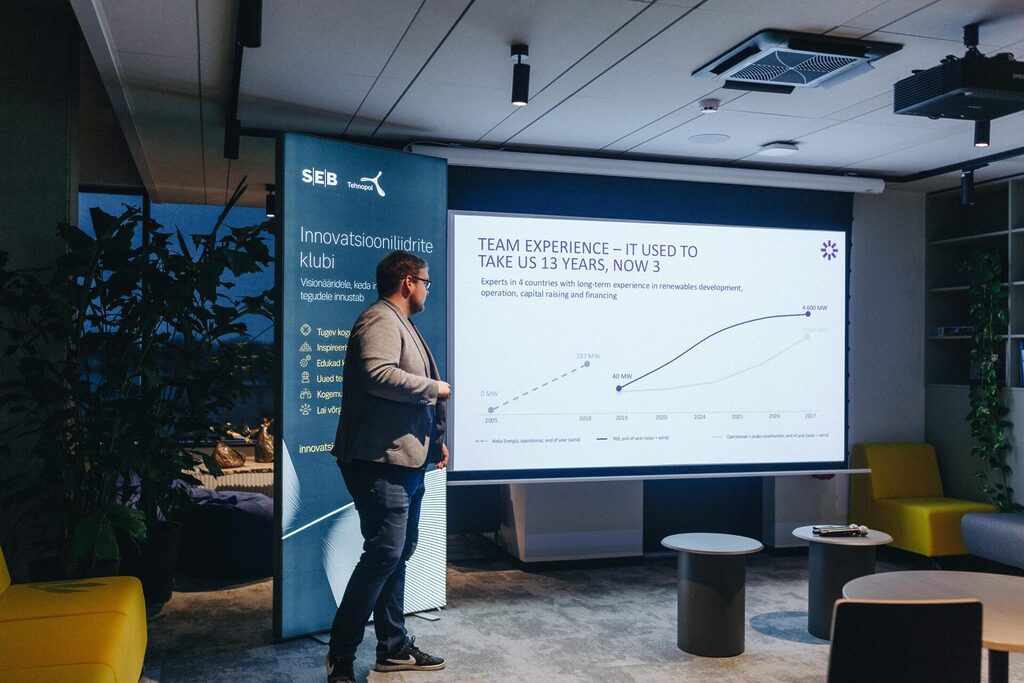
He shared that in 2019, the company was founded from zero, aiming to become an independent power producer in the same year, focusing 95% on renewable energy solutions and allocating 5% to innovation investments. Five years forward, the company provides storage solutions in the renewable energy field, and is investing in electrification startups and smart city solutions. “When you take on the open innovation aspect of it, it also allows you to move much faster. Why? Because it allows you to have different type of perspectives with different type of people wanting to work with you”, Udde explained.
He shared insights into Sunly’s innovative approach to being a business developer most of the time, and an investor for a fraction of the time. “We made a decision that if we’re successful, we should invest money. If we’re not successful, it doesn’t really matter, we’re under anyway.” Through constant trial and error, with their own “skin in the game”, Sunly is currently launching its third fund, taking a step forward in the company’s evolution to scale up their activities in the investment field. “You are constantly learning, you are constantly evaluating on what you are trying to do and fundamentally we believe that that’s the only way you can actually learn”, Udde noted.
Sunly has only one strategic alignment – that the investee needs to be in the field of energy transition. Udde explained that there is no perspective in working with fields where they have no competence, hence the single strategic point of view. He emphasized in agreement with the previous presenter, that alignment of goals has to be clear from the start, in order to provide the best value for every party involved.
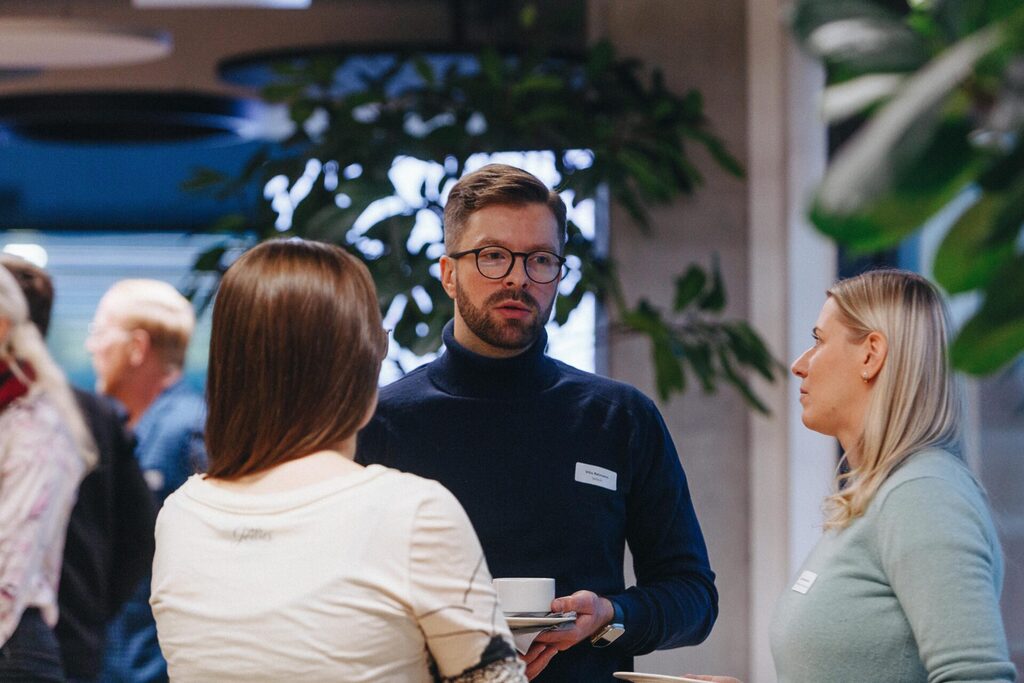
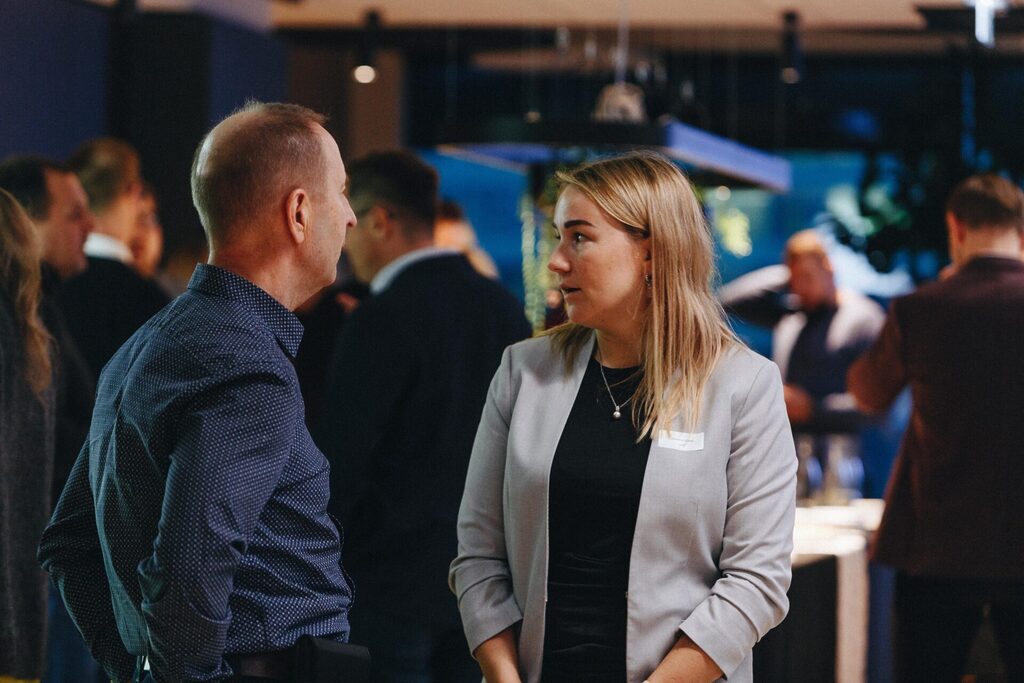
Align and act as soon as possible
To conclude the event and discuss all the related perspectives, panelists gathered to elaborate the opportunities for corporates that are interested in starting their investor journeys.
The panelists aimed to clarify the distinguishing characteristics between VC and CVC, as the definitions have become blurrier. Fritschi indicated that most likely companies are striving for financial profits, with concrete strategic plans and with corporations exploring how to execute these opportunities. “The main questions to be asked – where does the initial interest come from and at which level, who are the internal supporters, and is there funding”, she indicated. In terms of the right team players among investments, the panelists agreed that outsourced management might be the best option for leading the fields in which inhouse competence development would use an irrational amount of resources. A company might not always have the right team members already under their roof, which makes the need for process and goal alignment ever more critical.
They also elaborated how active and leading the role of the corporation should be in ventures, and agreed in unison that the roles can be either leading or following, depending on the internal strategies, key marketplayers and the funding opportunity itself. Accelerator programs can enable to access the startup for a very early stage, creating a smoother transition to later funding rounds, an example was given.
As processes in corporations tend to take more time, the panelists advised founders to get in touch early on in their development. Ribokas shared that SEB performs around 50-100 exploration meetings in a year, and as a counter-perspective, Oks shared that their fund screens about 1200-1400 companies in a year. The panelists summarized that while CVC funding may have a somewhat mixed reputation in the startup scene, it can be agreed that it is certainly a viable source for funding, with the possibility of mitigating any involved risks for all parties involved.







